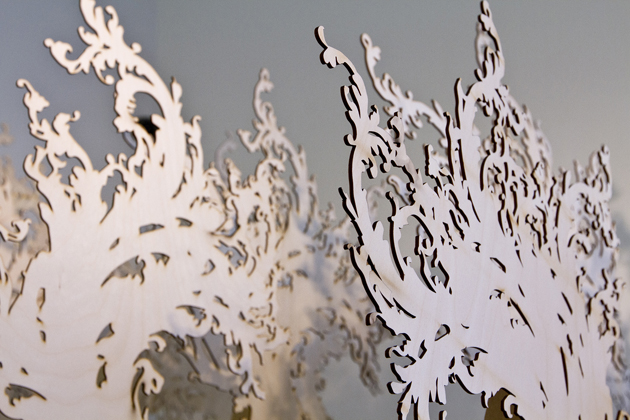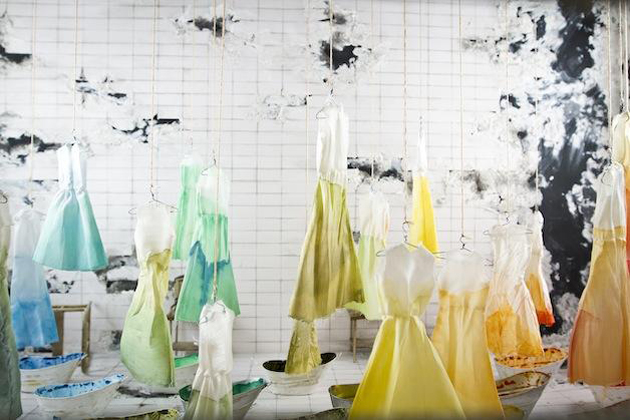
While hoards of slender models follow a well know script and walk runways one right after the other in capitals of fashion, some people are questioning the future of the catwalk itself, right form the inside. The latest, chronologically speaking, were Gareth Pugh, who paired up with Lexus and, for the first time, left Paris for New York Fashion Week with an acclaimed performance, and Ralph Lauren, who used holograms to launch Polo for women, his new line. Far – but not so far, after all – from the madding crowd of fashion week, an exhibition at the Space Fashion Gallery in London takes part in the ‘runway’ debate. Curated by Ligaya Salazar, the exhibition showcases the latest works of Simon Costin, set designer who collaborated with, among others, Alexander McQueen, Tim Walker and Gareth Pugh.
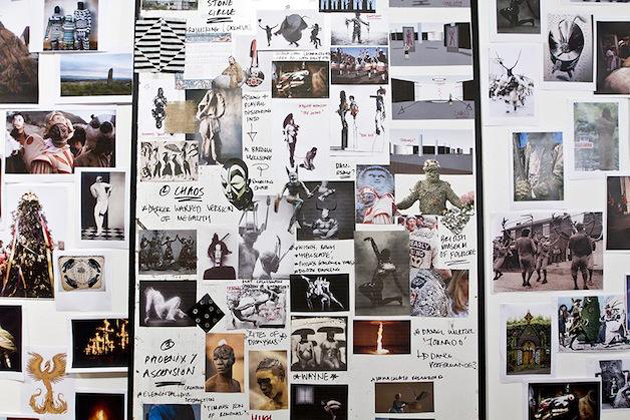
The exhibition is concentrated in one room and shows a set of models of both real and imagined spaces that could possibly host a fashion show. The exposition challenges the obsolescence of the catwalk, above all in its clearness and declared aim: show a collection of clothes. Here under the spotlight is not the collection, but the concept at its basis; the strength of the exhibition lays in its ambiguousness: a fashion exhibition that openly distances clothes from its focus and puts ‘the stage on stage’.
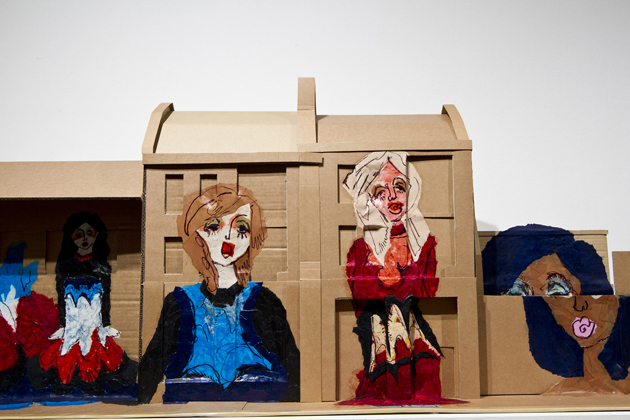
Costin explores the possibilities and chooses a series of ‘situations’ to demonstrate that the future of shows will more and more be about the unconscious and less about reality. A cardboard forest, a sanatorium, even a nuclear power station: uncanny settings seeking a new kind of fashion, less shallow and with an ‘intellectual’ background. The exhibition wants to be thought provoking both for clients and designers, trying to turn fashion shows into a complete cultural experience, detached from its commercial roots. It is an attempt to make fashion a cerebral discipline while working on its surface, using the dream-making machine of the show to convey messages and, in some ways, explain the reasons behind collections shown.‘What I want to present here are a series of suggestions as to how fashion presentations could be; an invitation to dream and speculate’ stated Costin. But, between suggestions, dreams and incredible settings, the strong question that comes to mind is: are garments still the privileged objects of fashion?
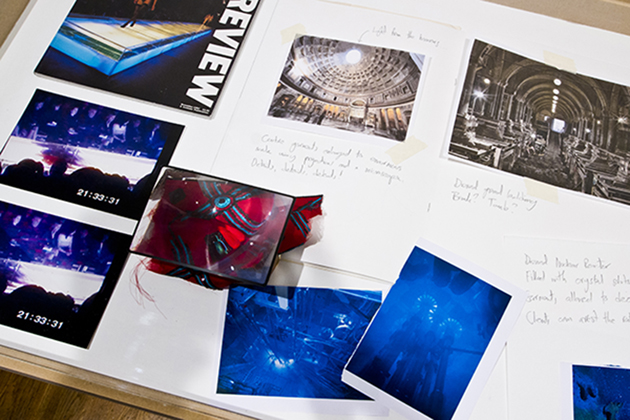
The power of fashion rests in the dream it sells; with this exhibition, Costin shows us that this dreams can be shaped and presented in infinite ways, with imagination as the only limit. It shows that fashion is not only about clothes, which become of secondary importance, but about the space, the story, the idea. Yet fashion is at once the most volatile and the most concrete of disciplines – a giant with its head in the clouds and its feet on the ground – and it is exactly what makes fashion interesting, its being across-the-board. It deals with the amazing and the impossible, yet it is always grounded on its own, unavoidably commercial, set of rules. The real challenge is not to negate this dichotomy, but rather to creatively display it.
